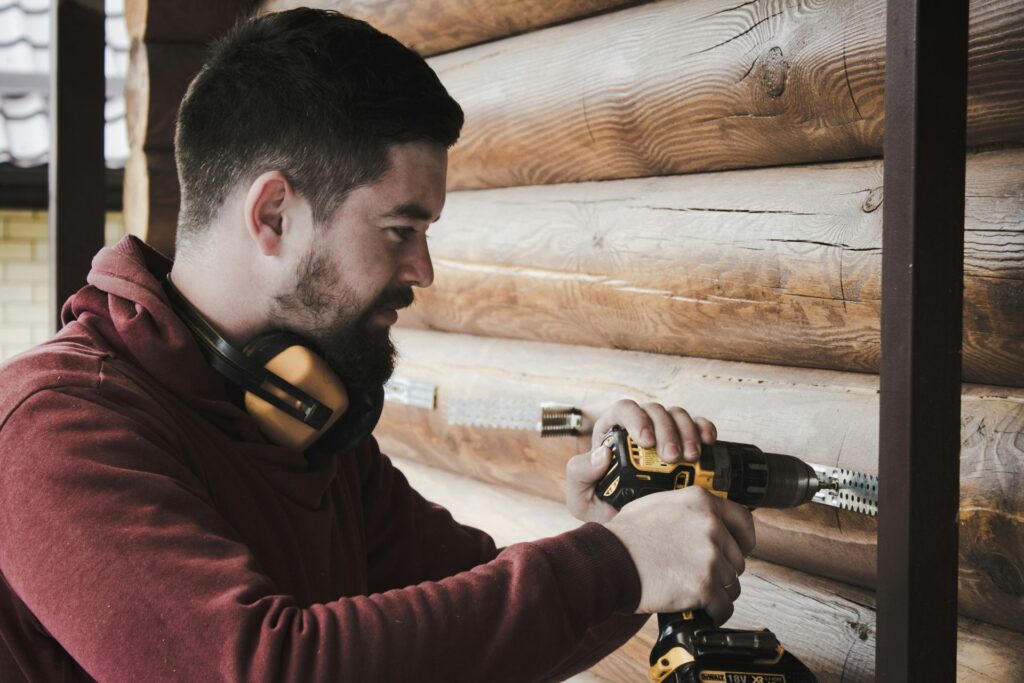
We are reader-supported. When you buy through links on our site, we may earn an affiliate commission.
Construction is an essential industry in creating homes and properties for businesses. Due to the pandemic, material costs rose 14.5% in 2021. With prices increasing, reducing building expenses is critical. Here are a few strategies for how to reduce construction costs.
1. Limit the Square Footage
Larger spaces take more money to build and furnish. However, smaller homes can provide a sense of coziness and are easier to maintain. Tiny homes are currently popular, with about 10,000 houses in North America. Financial savings are the main drive for many homeowners. Another cost-effective strategy for contractors is to build upward instead of outward.
2. Pick From Stock Designs
Custom design can be more costly in terms of labor and materials. For example, building a custom home can cost about $200-$400 or more a square foot. Many log and timber manufacturers have various stock plans to choose from. These are reliable plans built many times, eliminating design errors and saving you time and money. Plus, you can reduce labor expenses by having a more straightforward construction process.
3. Use a Simple Roof Design
Roofing can be a significant expense costing around $8,600 to install. Using a simpler system is one of the ways to reduce construction costs. The most inexpensive design is a single ridgeline with a shallow pitch. The more complicated types, such as valleys with a steeper angle, are more expensive. Also, consider the kind of material you use. Asphalt shingles are an affordable option compared to others.
4. Opt For Drywall
Pine and cedar paneling have an excellent aesthetic appeal but can cost more than drywall. So, drywall is the more cost-effective option costing about $1.50-$3.50 per square foot to install. Along with its affordability, here are a few other advantages to using this material:
- You can paint over it
- It doesn’t require sanding
- It’s more stable and easier to repair
- It’s fire-resistant
- It provides sound and temperature insulation
5. Limit Lavish Kitchen Designs
Kitchens are essential to many homeowners but take up a large portion of the budget. Suppose you can downgrade appliances and amenities. The homeowner can update them at a later date. Also, repurpose old cabinets and refresh them with paint and new hardware. In addition, look for cheaper materials, such as laminate countertops instead of granite. Instead of looking for elegant design pieces focus on improving the space’s function.
6. Try to Minimize Change Orders
Preventing change orders is one of the best strategies when you’re wondering how to reduce construction costs. Change orders are last-minute changes in design or material which expand your budget. Only use these for fixing an error, like wrong-sized lumber. While clients may change their minds, ordering new supplies takes extra time.
So, have open communication and develop an effective plan to deal with new requests. Ensure all parties are aware of the blueprints and involved in the process.
7. Look for Material Alternatives
Consider all your material options before ordering. Try to use recycled products, such as steel, wood, or concrete, which are better for the environment. You can also use tension fabric construction for sheds or homes. It is a flexible material supported by cables, steel, and foundations. Tension buildings provide a canopy structure. Plus, shop at architectural salvage stores or repurpose items when looking for supplies.
8. Keep Open Communication
Many parties are involved in the construction process, from contractors to homeowners. Having everyone on the same page reduces misunderstandings that can impact the budget. Suppose the homeowner doesn’t speak up about their material preferences. It could lead to builders going over budget to add the changes later.
So, it’s crucial to have a proper communication channel, including digital and in-person methods. Before starting the project, all parties need to sit down and review the design plans.
9. Limit Waste
To reduce expenses, limit excess waste through using less energy and resources. Consider switching to LED light bulbs to power manufacturing facilities. Also, reduce fuel consumption when operating heavy machinery. You can even save money by renting out equipment.
To reduce excess supplies, save items such as cabinets during demolition. Then you can repurpose these in your next project to cut costs. These changes are both cost-effective and good for the environment.
10. Buy From Multiple Vendors
Many contractors tend to work with a single trusted vendor. Sticking to one vendor does show your loyalty. However, you can reduce expenses by shopping around and finding the best deals. Research different companies online to learn about their products and prices. You can even tap into your network for recommendations. Try to reevaluate vendors after each project or at least every couple of months.
How to Reduce Construction Costs
The construction industry is vital to our economy. As building material prices rise, contractors need to stay within their budget. There are ways they cut costs without producing lower-quality properties. So, follow these tips for how to reduce construction costs during your next project.










